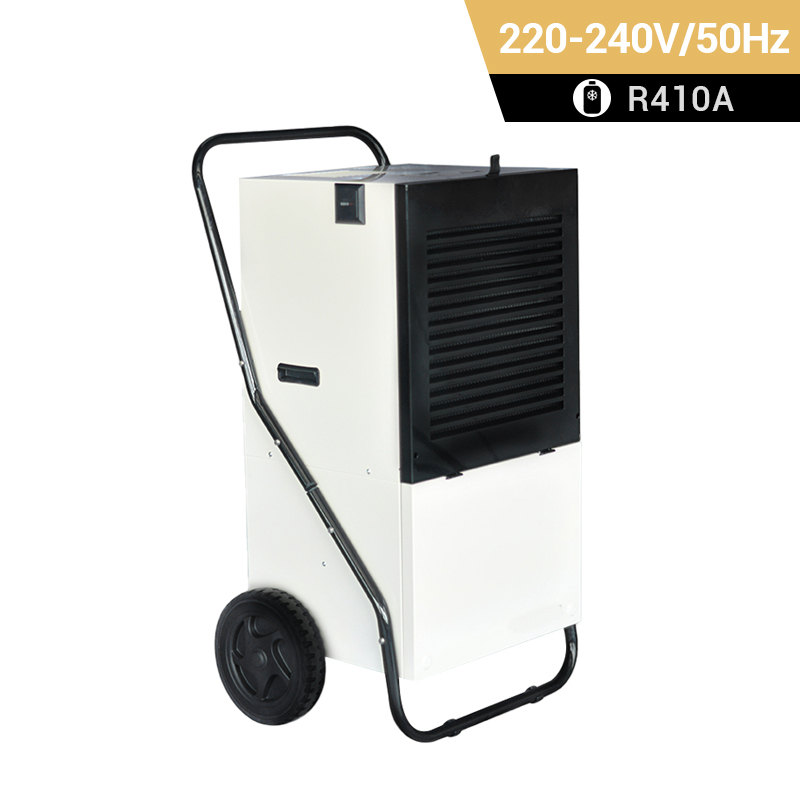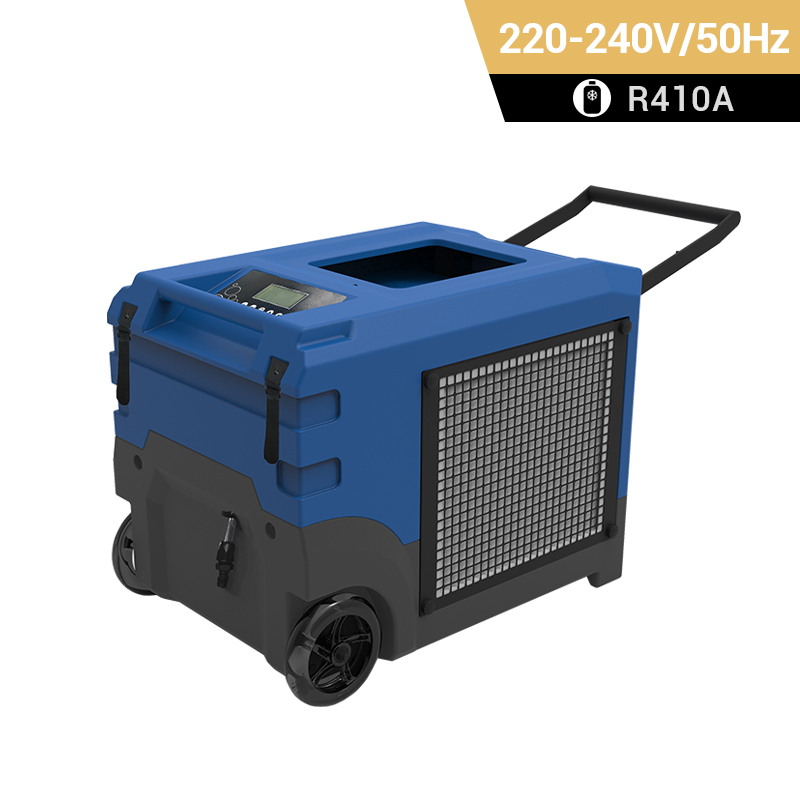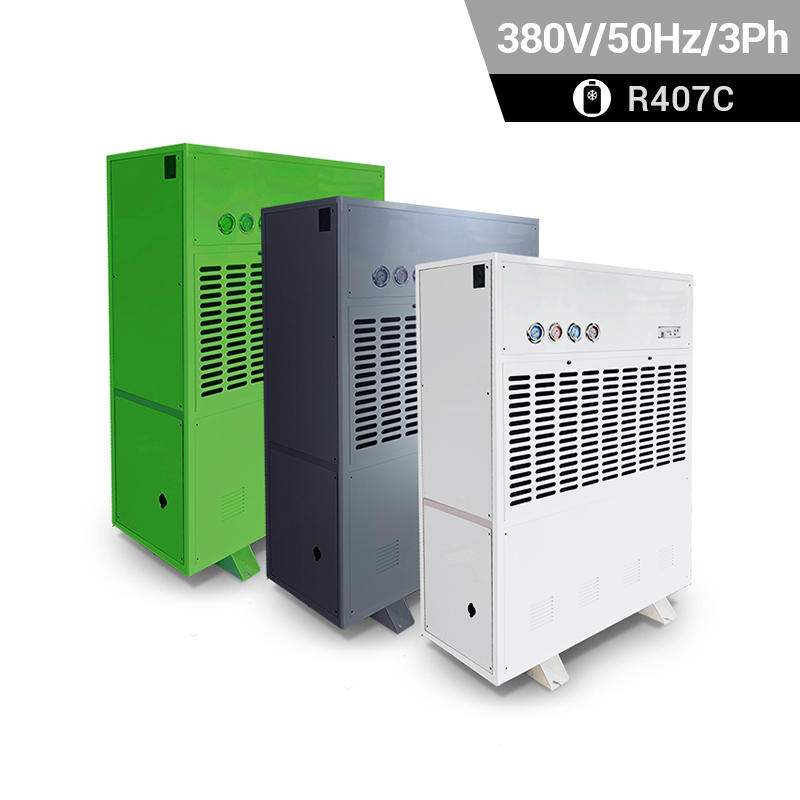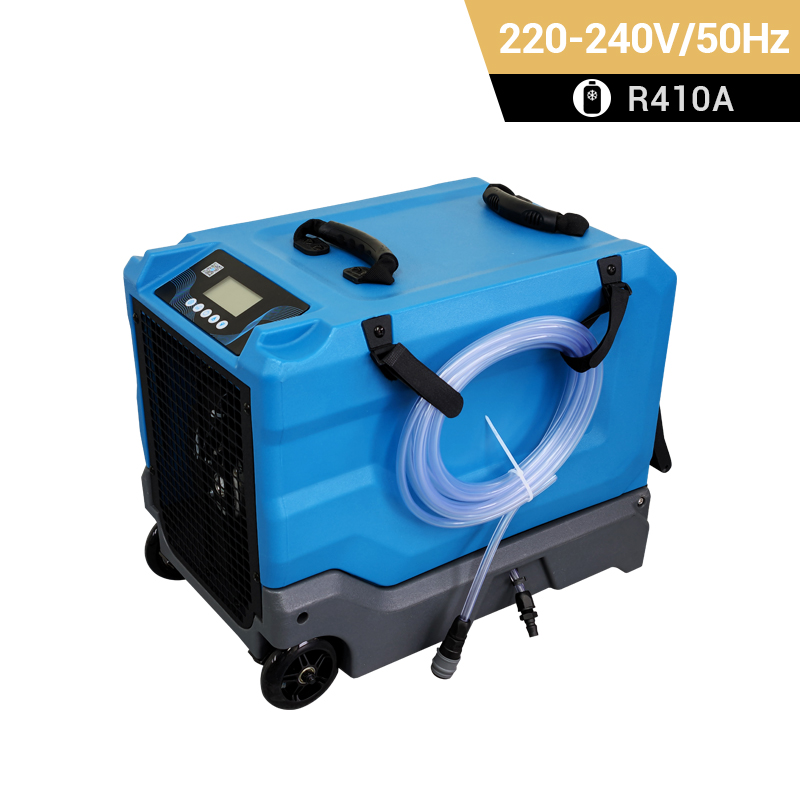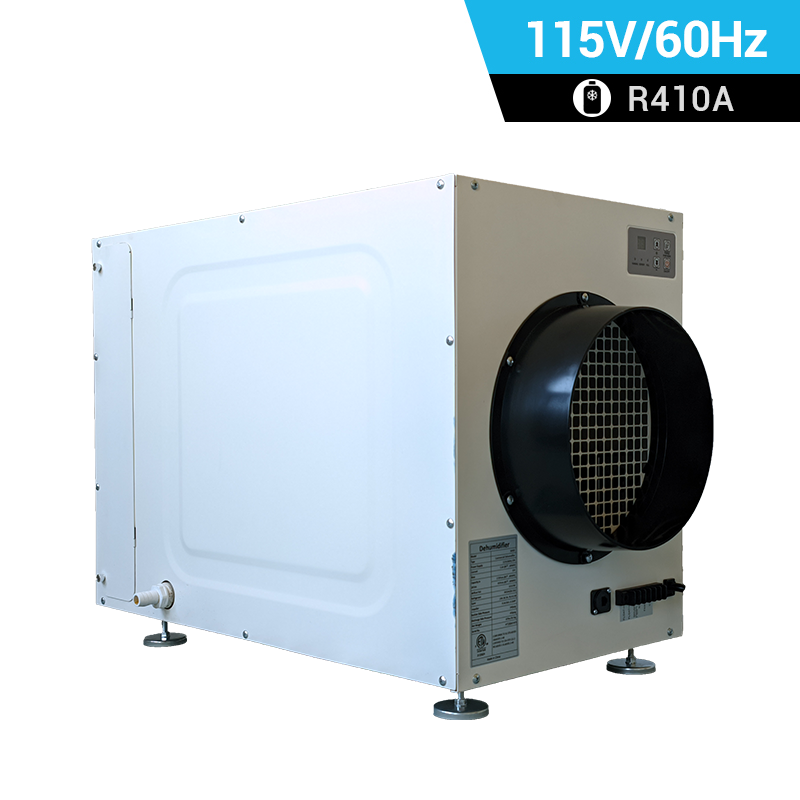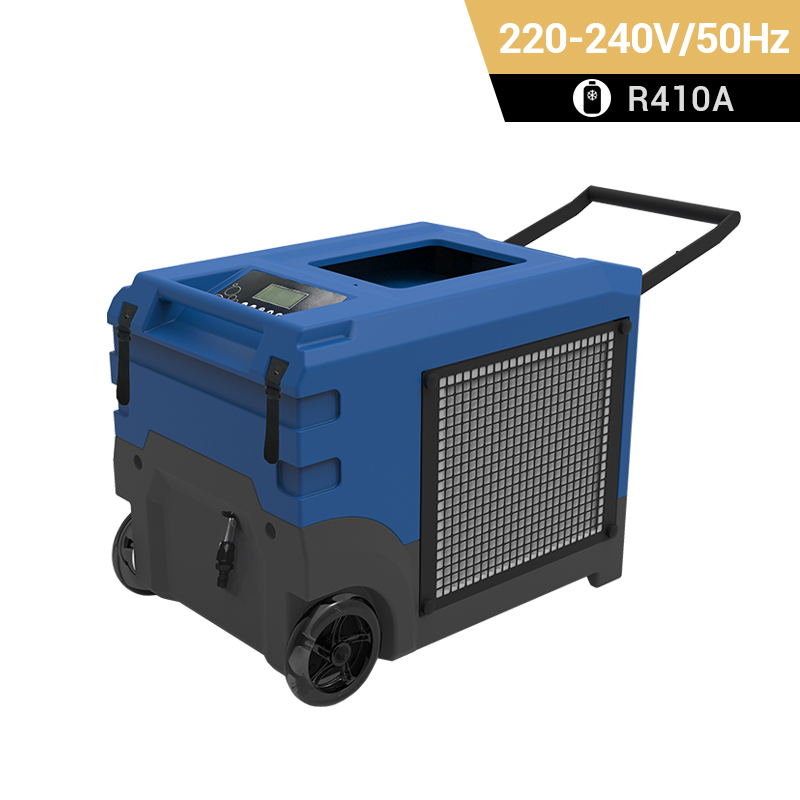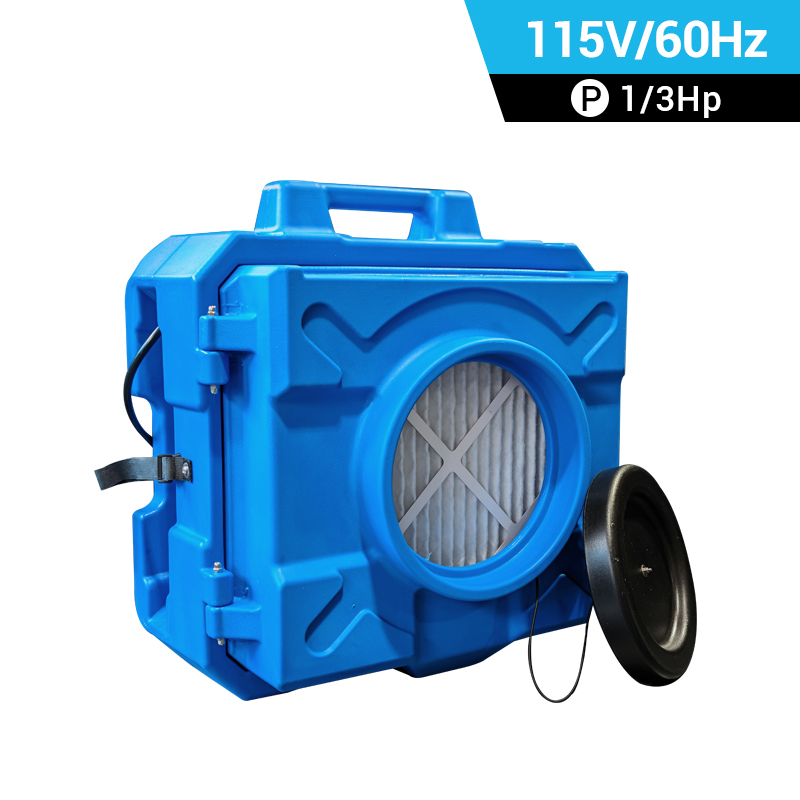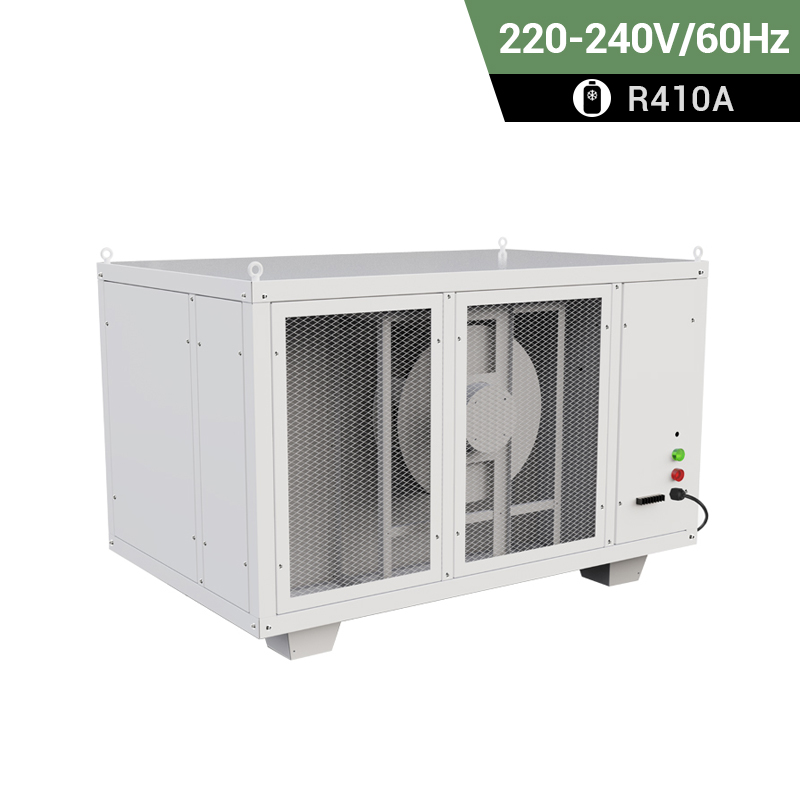 +86-13376814803
+86-13376814803  robert@hzhongtai.com
robert@hzhongtai.com
Industrial Dehumidifier With Pump
An industrial dehumidifier with a built-in pump is a practical solution for managing moisture in large spaces, particularly those with continuous drainage needs. The built-in pump allows for the automatic removal of collected condensate, eliminating the need for manual emptying of the water reservoir. Here are key features to consider when looking for an industrial dehumidifier with a pump:
1. Capacity:
- Choose an industrial dehumidifier machine with a capacity that suits the size of the space and the moisture load. Industrial units are available in various capacities to handle different environments.
2. Built-In Pump:
- Ensure that the dehumidifier comes with a built-in pump capable of lifting water to a designated drainage point. This is particularly important for installations where continuous drainage is required over an extended distance or to a higher elevation.
3. Pump Lift Height:
- Check the pump's lift height specification to ensure it can handle the vertical distance needed for drainage. This is important if the drainage point is at an elevated position.
4. Pump Safety Features:
- Look for safety features in the pump, such as automatic shutoff in case of pump failure or blockage in the drainage path. This helps prevent water damage and ensures the reliability of the drainage system.
5. Continuous Drainage Hose:
- The refrigerant dehumidifier should come with a continuous drainage hose that allows for a secure and reliable connection between the unit and the drainage point.
6. Adjustable Humidity Control:
- Opt for a unit with adjustable humidity control settings. This allows you to set and maintain the desired humidity level for optimal comfort and moisture control.
7. Digital Display and Controls:
- A digital display with intuitive controls makes it easy to program and monitor the dehumidifier settings.
8. Auto-Defrost Function:
- An auto-defrost function is crucial, especially if the dehumidifier operates in lower temperatures. It prevents frost buildup on the coils, ensuring continuous and efficient operation.
9. Durable Construction:
- Industrial dehumidifiers should be built with durable and corrosion-resistant materials to withstand the challenging environments they are often placed in.
10. Quiet Operation:
- Consider a dehumidifier designed for quiet operation, especially if it will be placed in areas where noise may be a concern.
11. Energy Efficiency:
- Choose an Energy Star-rated dehumidifier to ensure energy efficiency and minimize operating costs.
12. Portability:
- Depending on the needs of your facility, consider whether the dehumidifier has built-in wheels or handles for easy portability between different areas.
13. Air Filtration:
- Some industrial dehumidifiers come with air filtration features to capture dust, allergens, and other particles, contributing to improved air quality.
14. Remote Monitoring and Control:
- Some advanced models offer remote monitoring and control capabilities, allowing you to adjust settings and check humidity levels from a distance.
15. Washable or Replaceable Filters:
- Look for models with washable or replaceable filters for easy maintenance.
By considering these features, you can select an industrial dehumidifier with a built-in pump that effectively manages moisture, supports continuous drainage, and operates reliably in industrial settings.
Related Products



